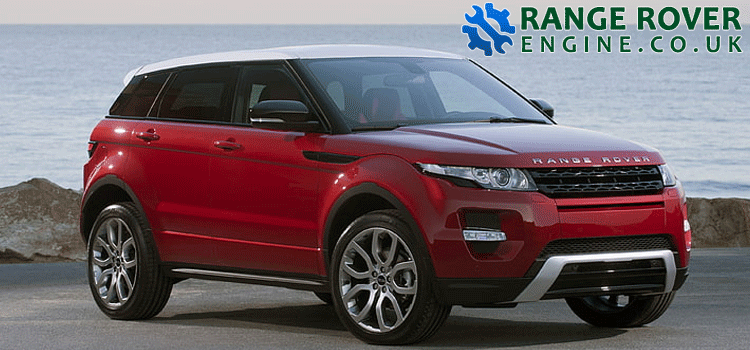How does Stability Control enhance safety in the Range Rover 2.0 Engine?

Introduction
In the realm of automotive engineering, advancements in safety technologies have continually pushed the boundaries of vehicle safety. Among these innovations, Stability Control stands out as a pivotal feature that significantly enhances safety standards in modern vehicles. W delves into the specific ways Stability Control enriches safety in the Range Rover 2.0 Engine, providing an in-depth exploration of its functionality, benefits, and impact on driving dynamics.
Defining Stability Control
Stability Control, also known as Electronic Stability Program (ESP) or Dynamic Stability Control (DSC), is an advanced safety system designed to assist drivers in maintaining control of their vehicles during challenging driving conditions. It utilizes sensors to detect instances of oversteer or understeer and automatically intervenes to stabilize the vehicle, thereby reducing the risk of loss of control and potential accidents.
How Stability Control Works
At the heart of Stability Control lies a sophisticated network of sensors, including wheel speed sensors, steering angle sensors, and yaw sensors, among others. These sensors continuously monitor various parameters such as vehicle speed, steering input, and lateral acceleration. When the system detects a deviation from the intended path, it selectively applies brakes to individual wheels and adjusts engine power to counteract the imbalance and restore stability.
Enhanced Traction and Grip
One of the primary benefits of Stability Control in the Range Rover 2.0 Engine is its ability to improve traction and grip on various road surfaces. By modulating brake force and engine power, the system optimizes wheel traction, especially in slippery conditions such as wet or icy roads. This enhancement in grip contributes to better handling and reduces the likelihood of skidding or loss of control.
Mitigation of Understeer and Oversteer
Understeer and oversteer are common phenomena that occur when a vehicle loses traction either at the front (understeer) or rear (oversteer) wheels during cornering. Stability Control in the Range Rover 2.0 Engine effectively mitigates these dynamics by selectively applying brakes to specific wheels and adjusting engine output to help the vehicle maintain its intended trajectory through corners. This intervention enhances overall stability and driver confidence, particularly in challenging driving scenarios.
Counteracting Adverse Weather Conditions
Adverse weather conditions, such as rain, snow, or ice, pose significant challenges to driver safety. Stability Control plays a crucial role in mitigating the effects of these conditions by continuously monitoring road surface conditions and adjusting vehicle dynamics accordingly. By modulating braking and throttle inputs, the system helps drivers maintain control and stability, even in inclement weather, thus reducing the risk of accidents caused by slippery road surfaces.
Preventing Rollover Accidents
Rollover accidents represent a serious safety concern, especially in vehicles with a higher center of gravity like SUVs. Stability Control in the Range Rover 2.0 Engine is instrumental in preventing rollover incidents by actively monitoring vehicle dynamics, including lateral acceleration and yaw rate. In the event of an impending rollover, the system intervenes by selectively applying brakes and reducing engine power to stabilize the vehicle, thereby reducing the risk of rollover and its potential consequences.
Integration with Other Safety Systems
Stability Control synergizes with other advanced safety systems present in the Range Rover 2.0 Engine, such as Anti-lock Braking System (ABS) and Traction Control System (TCS). This integration enables seamless coordination between various safety features, further enhancing overall vehicle stability and control. By working in tandem with ABS and TCS, Stability Control ensures comprehensive protection against a wide range of driving hazards, reinforcing the vehicle’s safety credentials. More details about the range rover here at https://www.rangeroverengine.co.uk/ .
Conclusion
In conclusion, Stability Control represents a cornerstone of automotive safety technology, and its integration into the Range Rover 2.0 Engine underscores the brand’s commitment to driver safety. By effectively mitigating loss of control scenarios, enhancing traction and grip, and countering adverse driving conditions, Stability Control significantly enhances the safety and driving experience of Range Rover vehicles. As automotive engineering continues to evolve, innovations like Stability Control will continue to play a crucial role in shaping the future of vehicle safety, ensuring safer roads for drivers and passengers alike.


